4 great alternatives to smoking cannabis
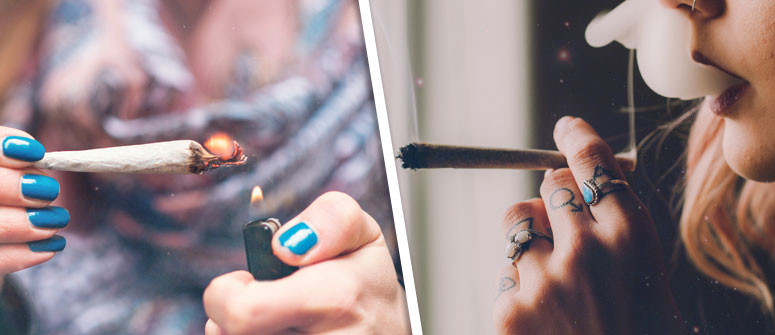
If you don't want to smoke or you're worried about the health effects of smoking, check out these 4 great alternatives to smoking cannabis.
The most iconic way to enjoy cannabis is by smoking it. And while cannabis connoisseurs are quick on their feet to argue that smoking weed isn’t as bad as smoking cigarettes or tobacco. While that's true, the principle of smoking is still not a healthy one.
The main issue with smoking is that it involves combustion. Burning plant matter breaks the chemical bonds between carbon atoms present in plants, creating free radicals (reactive fragments that can combine with each other or with other molecules to create different products).
Many of these products, such polycyclic aromatic hydrocarbons (PAH), are highly toxic and are known to cause cancer.
The act of inhaling smoke from burnt plant matter, be it tobacco, weed or a herbal smoking mix, directly exposes your body to these chemicals.
Because of the health risks associated with smoking, many cannabis users are on the lookout for new, healthier ways to enjoy cannabis. If you’re worried about the effects of smoking, below are some popular alternatives to try.
VAPORIZERS
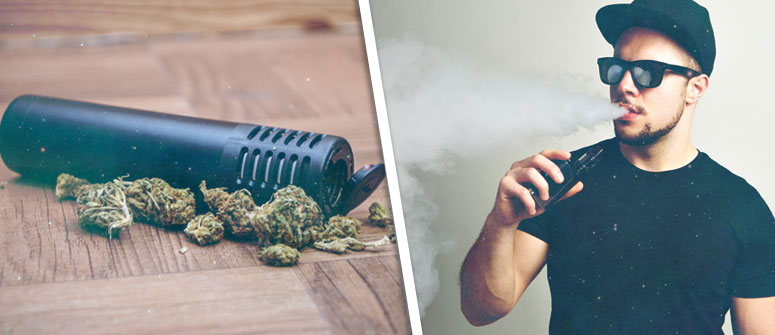
Vaporizers are specifically designed to heat cannabis and/or other herbs or concentrates to the optimal temperature to extract their essential compounds (in the form of an inhalable vapor) without actually burning them.
They work on the principles of convective or conductive heating; the first works by heating the product in the the chamber of the vaporizer to a point where it’s essential compounds start to be extracted; the latter works by heating a surface underneath the product (similar to a dab rig).
Conductive vaporizers usually need to be shaken during use to avoid burning the product.
Vaporizers come in a variety of shapes shapes and styles, ranging from complex desktop models to discrete portable devices that fit into a backpack or pocket.
The more sophisticated vaporizers also come with a variety of accessories to improve your “vaping” experience.
One of the most important features of a vaporizer is a temperature control. The ideal temperature for vaporizing cannabis is roughly between 180-200°C; at this temperature, you’re able to extract the highest amounts of cannabinoids from your weed without actually burning it.
While some portable vaporizers will not come with temperature controls, they’ll usually be set to a temperature that still avoids combustion.
However, it's important to keep in mind that the ideal vape temperature vary depending on the products you're planning to vaporize (be it weed, tobacco, a herbal mix, or some kind of concentrate), so it’s a good idea to invest in a model that gives you the ability to adjust temperatures manually.
Apart from allowing you to avoid the many health risks associated with smoking, vaporizers also allow you to extract the most cannabinoids from your weed, which essentially means you’ll use less weed to get the same effect as you would from traditional smoking methods.
A study by California NORML and MAPS found that vaporizers can convert approximately 46% of available THC into vapor, while the average joint converts less than 25% of THC to smoke.[1]
This is because joints, blunts, and bongs burn at temperatures much higher than those needed to extract the key compounds from cannabis.
EDIBLES
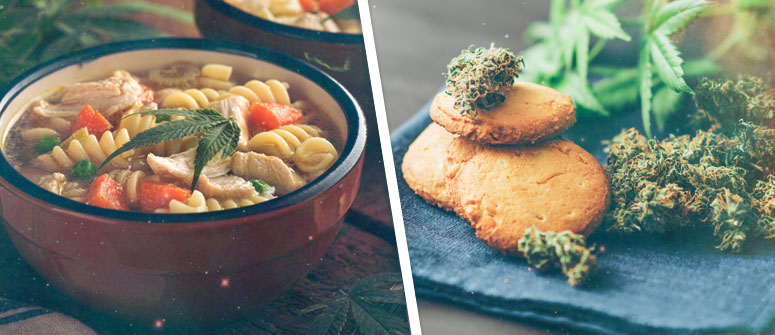
Edibles are another extremely popular way to bypass some of the issues associated with smoking cannabis.
Edibles are any kind of food made with cannabis or a cannabis product. Some of the most common types of edibles include brownies, cookies, and cupcakes, but you can essentially infuse almost any meal with cannabis.
Most edibles are made with either oil or butter that has been used as a solvent to extract the essential cannabinoids and terpenes from dried cannabis flowers. A basic cannabutter recipe, for example, involves dissolving butter in water before adding cannabis flower to the mixture and simmering everything for a couple of hours.
Once you’ve made a batch of butter or oil, you can essentially use it to infuse all of your favorite home cooked meals, including everything from pastas and risottos to a variety of desserts.
Whereas smoking or vaporizing allows you to experience the effects of cannabis almost instantly, cannabis edibles can take a while to take effect. This is because they essentially have to pass through your entire digestive tract, being absorbed mainly in the intestines.
This process takes time, which is why it can take up to an hour (if not more) to begin feeling the effects of a cannabis edible. However, they are a completely smoke-free way to enjoy cannabis, which is great for anyone looking to avoid the risks of inhaling cannabis smoke.
One major downside to edibles is that it can be extremely difficult to calculate your dosage, especially when they are homemade. In areas where the sale of edibles has been legalized, governments are working to build regulatory standards to help consumers manage their dosage.
In Washington, for example, all cannabis products available through licensed retail outlets are clearly labeled with the total THC percentage, and come in serving sizes of maximum 10 milligrams.
TINCTURES
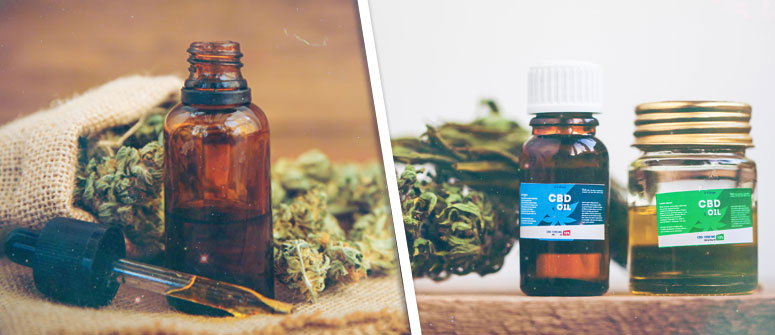
Cannabis tinctures are a form of concentrate usually made with alcohol, although some people use other solvents like glycerin. They aren’t very popular nowadays, but they were actually the main form of medical cannabis available in the USA prior to prohibition.
Cannabis tinctures are generally made by soaking cannabis plant matter in alcohol for a period of time to create a highly-concentrated mixture rich in cannabinoids. That mixture is then filtered and sometimes heated in order to remove some of the alcohol.
Tinctures are usually administered sublingually (under the tongue) or ingested. Dosage with tinctures is simple as they are usually administered with a dropper. The general consensus is to use 1ml of tincture, wait to feel it’s effects, and then increase dosage as necessary.
When administered under the tongue, the effects of a tincture will usually kick in in about 15 minutes. When ingested, they can take anywhere up to an hour because, just like edibles, the tincture needs to pass through the entire digestive tract before being absorbed into the bloodstream.
There are many benefits to using cannabis tinctures. First of all, like edibles, they are completely smoke free, making them a great alternative to traditional ways of consuming cannabis.
Secondly, they’re low in calories, which makes them ideal for people looking to avoid the extra calories of brownie or cookie.
Lastly, tinctures are extremely discreet. If you live in an area where cannabis is still illegal or is still considered taboo, tinctures allow you to avoid some of that negative attention.
TOPICALS
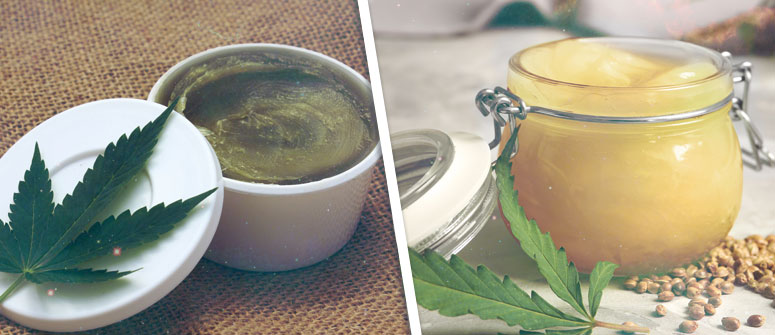
Last on our list of alternatives to smoking cannabis are topicals.
Topicals are creams, oils, and balms made using cannabis extracts. They are applied to the skin and are popular among medical marijuana patients looking to treat pain, soreness, or inflammation.
Cannabis topicals usually contain cannabinoids like THC, CBD, and THCA as well as terpenes. They may also include other essential oils and ingredients, including wintergreen, cloves, aloe vera, lavender and more.
Topicals generally do not penetrate the bloodstream and therefore do not produce any psychoactive effects, even if they contain psychoactive compounds like THC.
Instead, topicals work by activating CB2 receptors around the body. Trans-dermal cannabis patches, however, are able to reach the bloodstream and may produce psychoactive effects if they contain enough THC.
The market for topicals is relatively new and new products are hitting the shelves everyday. Whether you simply want some relief after a workout or need to treat a condition like arthritis, there is abound to be a cannabis topical out there for you.




